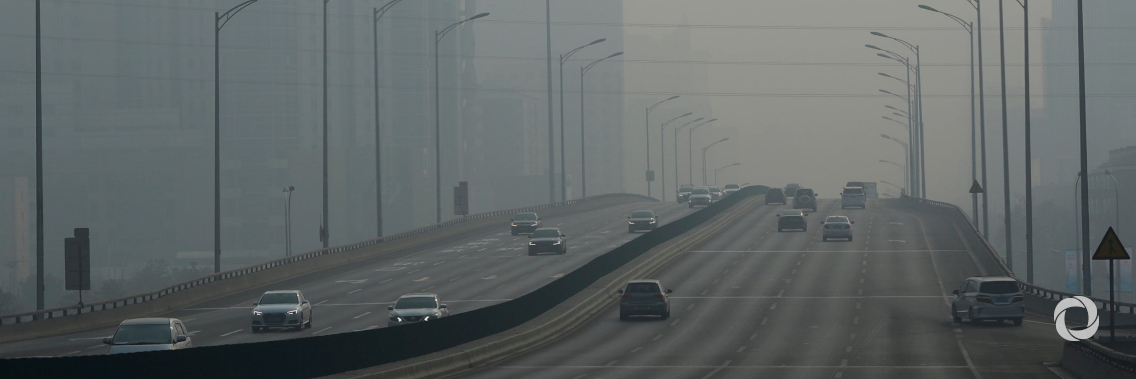Efforts to control the Coronavirus pandemic have reduced economic activity and led to localized improvements in air quality. But it is too early to assess the implications for concentrations of greenhouse gases which are responsible for long-term climate change. Carbon dioxide levels at key observing stations have so far this year been higher than last year.
Any cuts in emissions as a result of the economic crisis triggered by COVID19 are not a substitute for concerted Climate Action, according to the World Meteorological Organization.
“Despite local reductions in pollution and improvement in air quality, it would be irresponsible to downplay the enormous global health challenges and loss of life as a result of the COVID19 pandemic,” said WMO Secretary-General Petteri Taalas. “However, now is the time to consider how to use economic stimulus packages to support a long-term switch to more environmentally and climate-friendly business and personal practices.”
Past experience suggests that emissions declines during economic crises are followed by a rapid upsurge.
“The world needs to demonstrate the same unity and commitment to climate action and cutting greenhouse gas emissions as to containing the Coronavirus pandemic. Failure in climate change mitigation could lead to greater human life and economic losses during the coming decades,” he said.
The February monthly average of atmospheric CO2 at Mauna Loa observatory in Hawaii was 414.11 parts per million, compared to 411.75 ppm in February 2019, according to the US National Oceanic and Atmospheric Administration. Mauna Loa is the world’s longest continual observing station and a benchmark station of the Global Atmosphere Watch Network. At another benchmark station, Cape Grim in Tasmania, average CO2 levels were 408.3 ppm in February, up from 405.66 ppm in February 2019, according to CSIRO.
About a quarter of the total emissions is absorbed by the oceans. Another quarter is absorbed by the land biosphere – including forests and vegetation which act as carbon “sinks.” Naturally, the land biosphere takes up a similar amount of CO2 than it releases over the year in a seasonal cycle. Therefore, global average CO2 levels generally increase until April/May.
This natural effect is much larger in magnitude than the emission reductions related to the recent economic slowdown. It is thus too early to draw firm conclusions on the significance of this economic slowdown on atmospheric greenhouse gas concentrations.
Observations have shown that nitrogen dioxide (NO2) levels are significantly reduced during the lockdown in both China and Italy. In Italy, a gradual reduction trend of about 10% per week over the last four to five weeks have been confirmed by surface observations from the EU’s Copernicus Atmospheric Monitoring Service.
Nitrogen dioxide, a gaseous air pollutant formed when fossil fuels are burned at high temperatures, is harmful for human health and a precursor for near-surface ozone which has adverse effects on human health, ecosystems and is also a short-lived climate forcer. NO2 stays in the atmosphere generally less than a day before being deposited or reacting with other gases in the atmosphere. Therefore, the effects of emission reductions are visible quite shortly after they have taken place.
Surface ozone measurements at the Global Atmosphere Watch station of Monte Cimone, which dominates the Po Valley in northern Italy, show a decrease in March 2020, according to raw data. It is too early to draw firm conclusions on the significance of this for greenhouse gas concentrations, according to Italy’s Consiglio Nazionale delle Recerche. and the Institute of Atmospheric and Climatic Sciences.
The concentration of Particulate matter is also reduced. PM2.5 is one of the most important air pollutants regarding health impacts according to the World Health Organization.
Original source: WMO
Published on 20 March 2020

